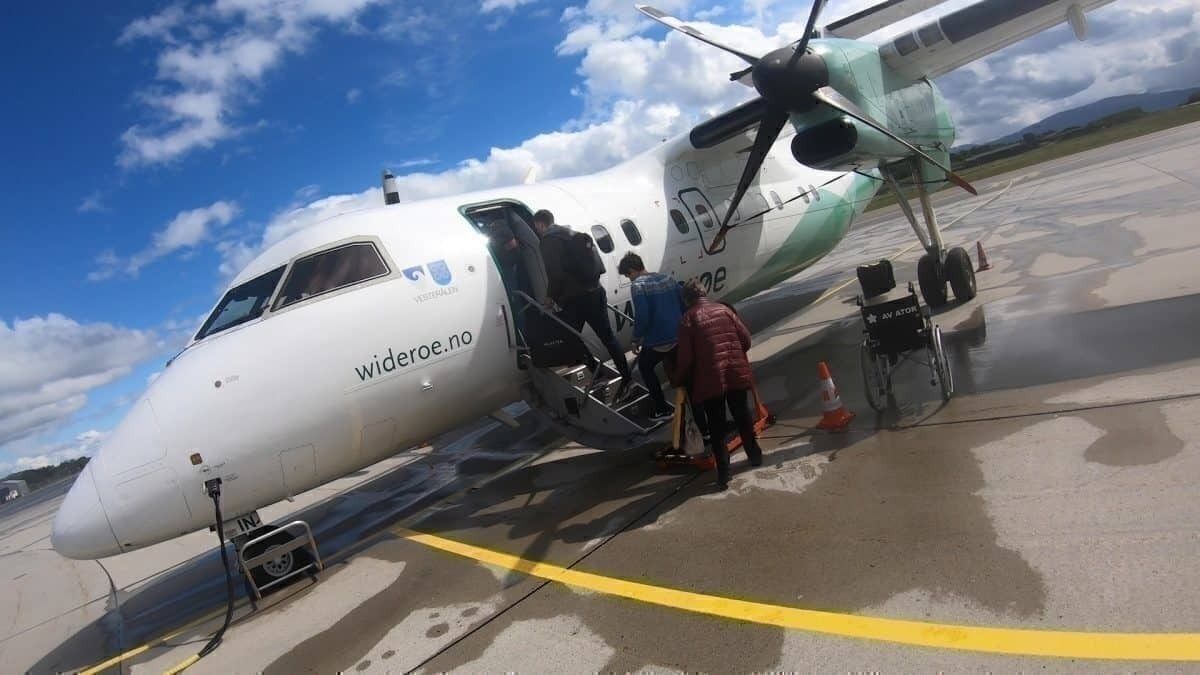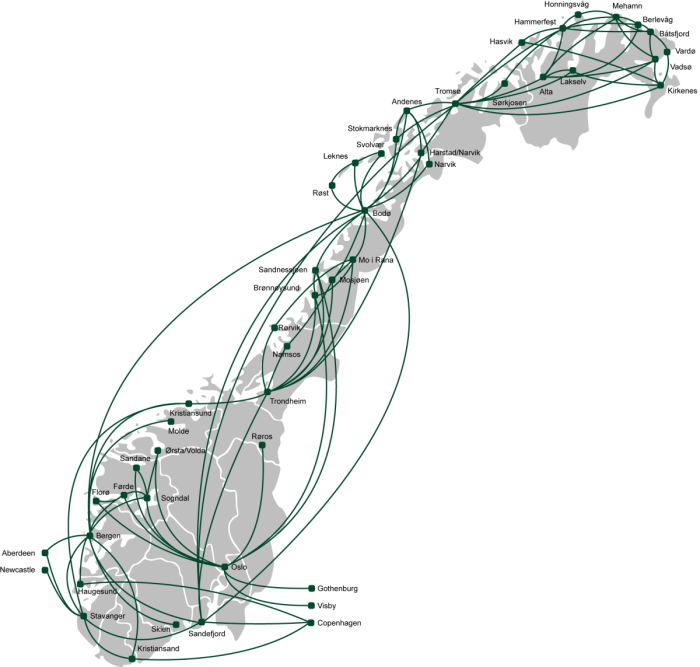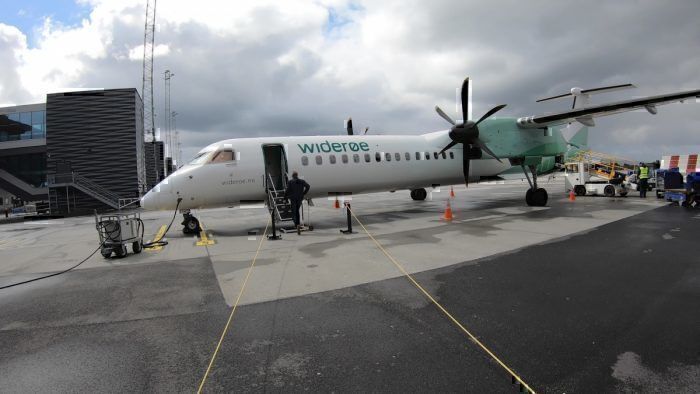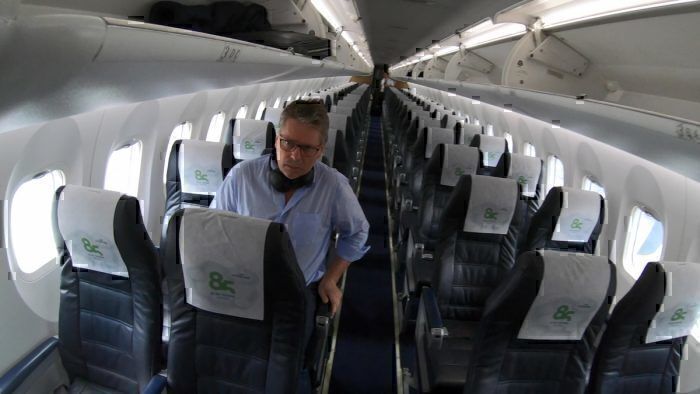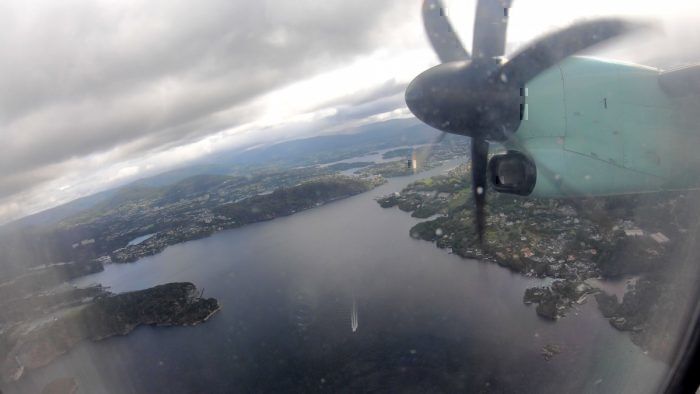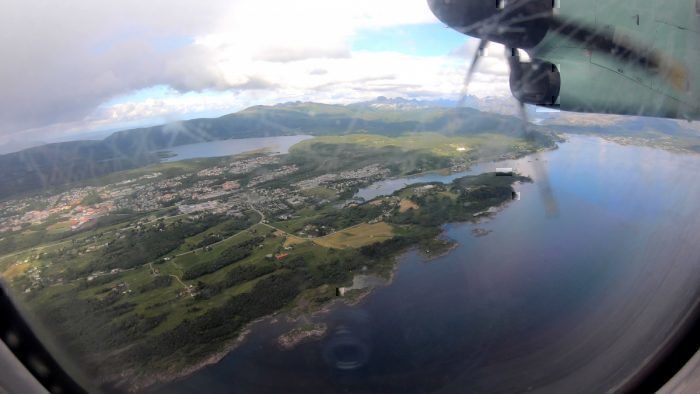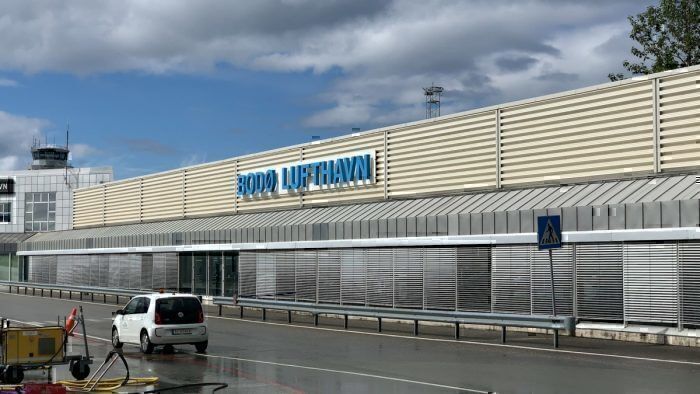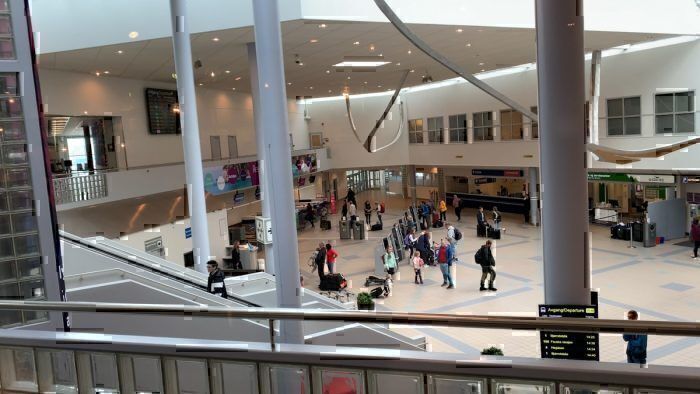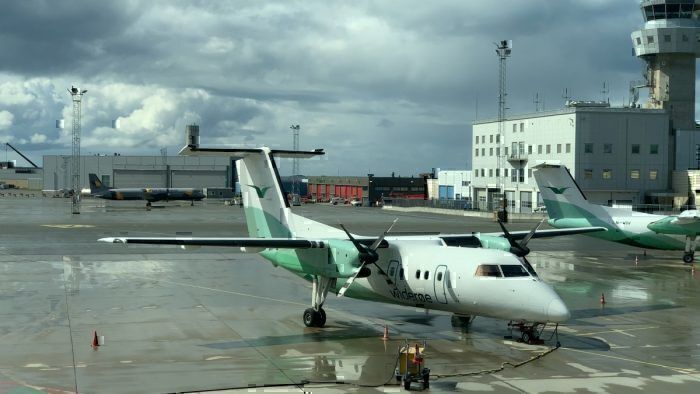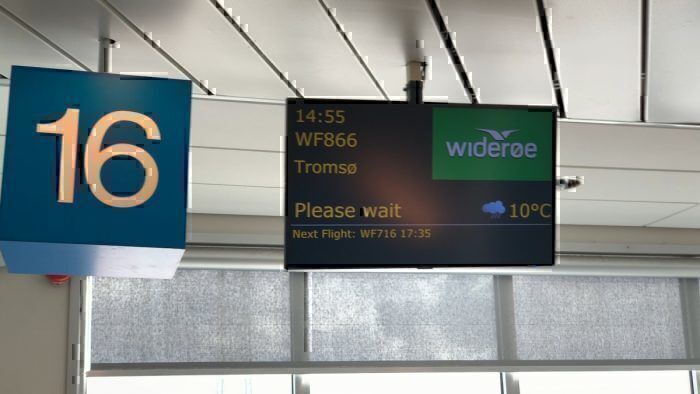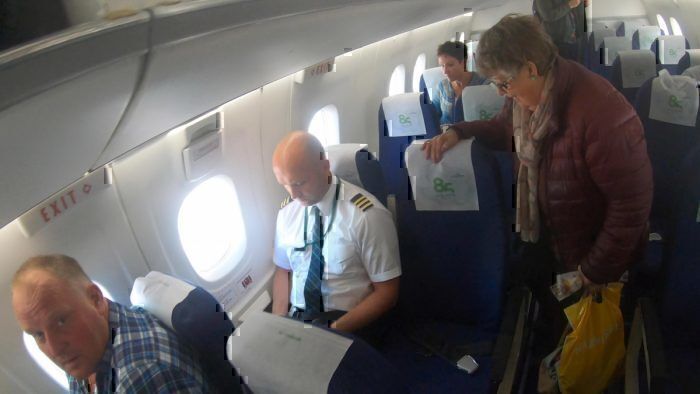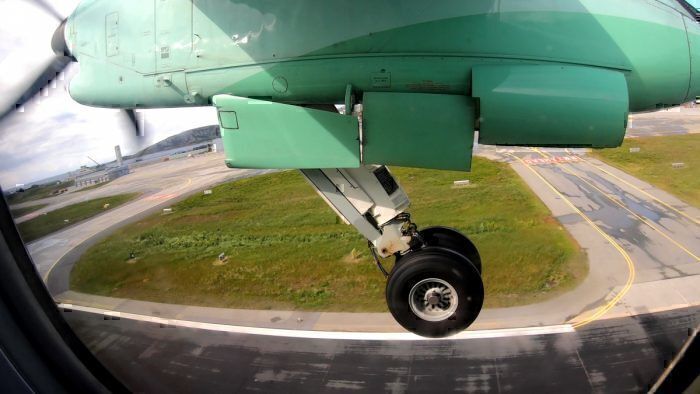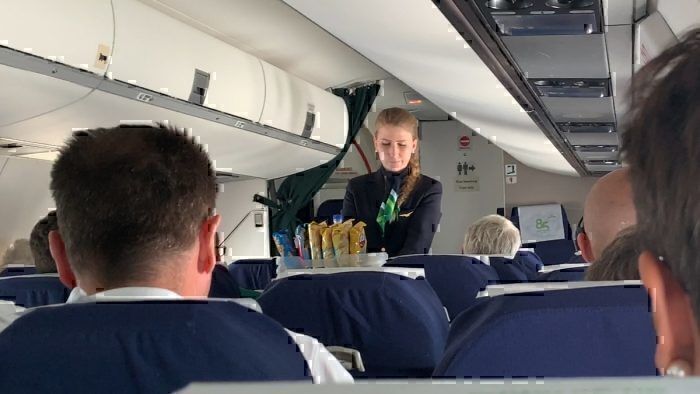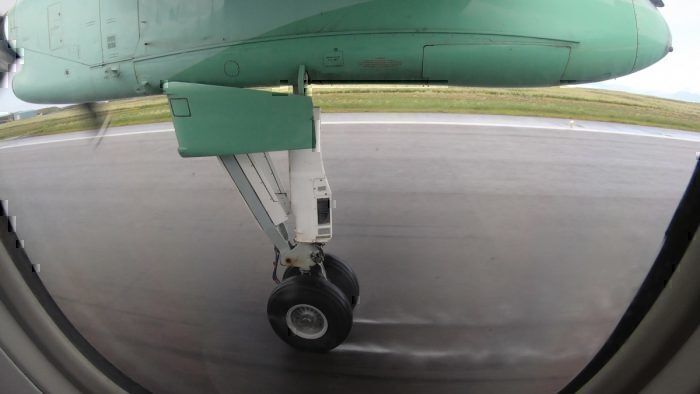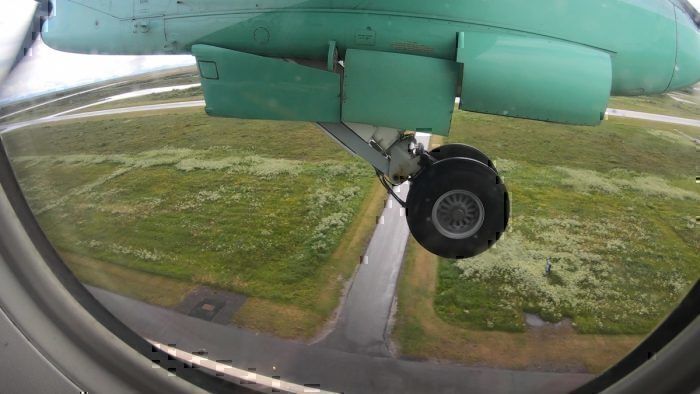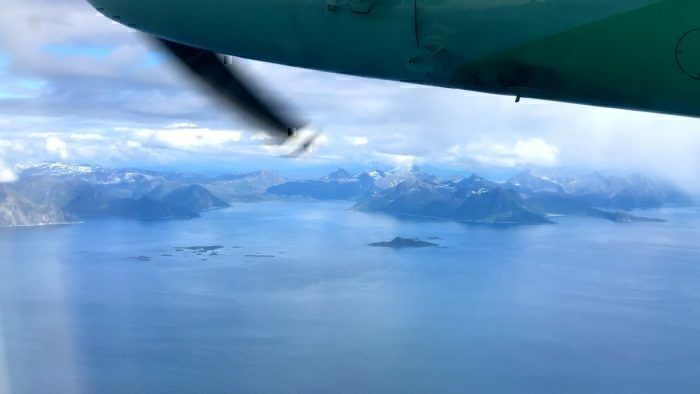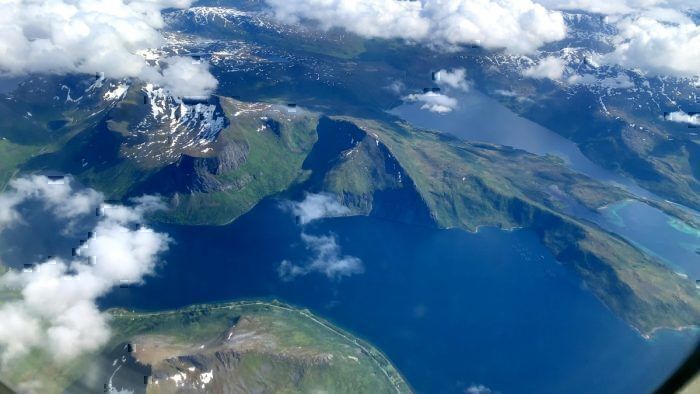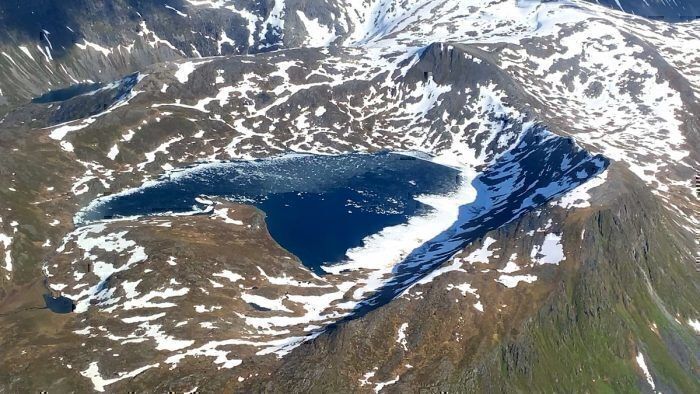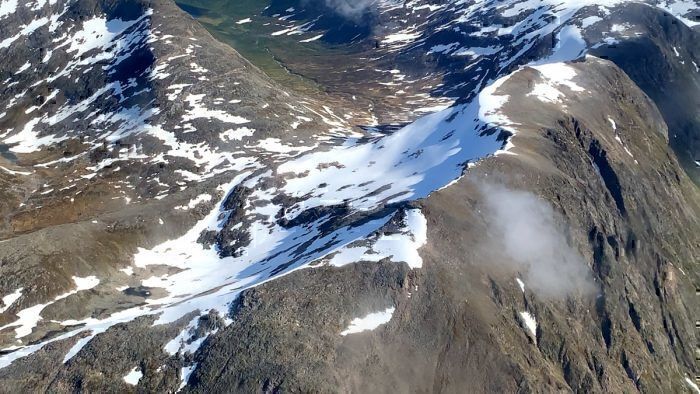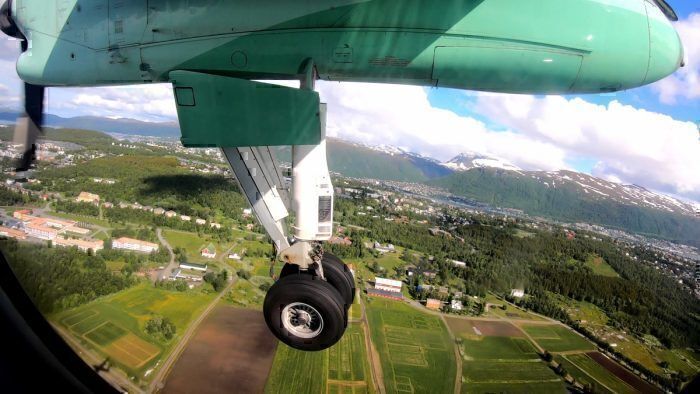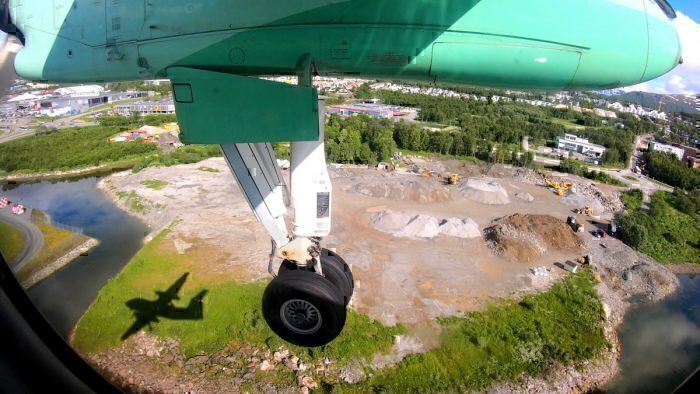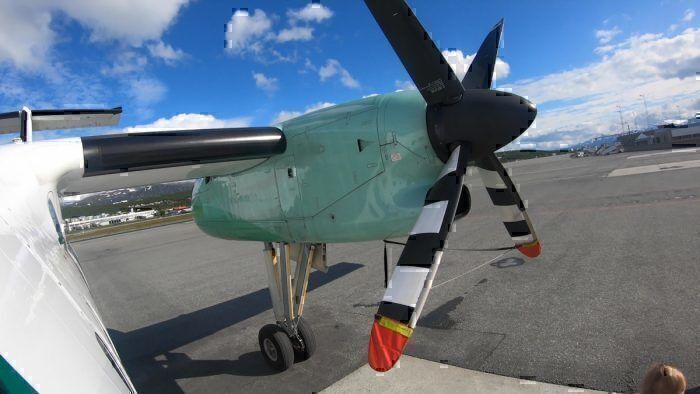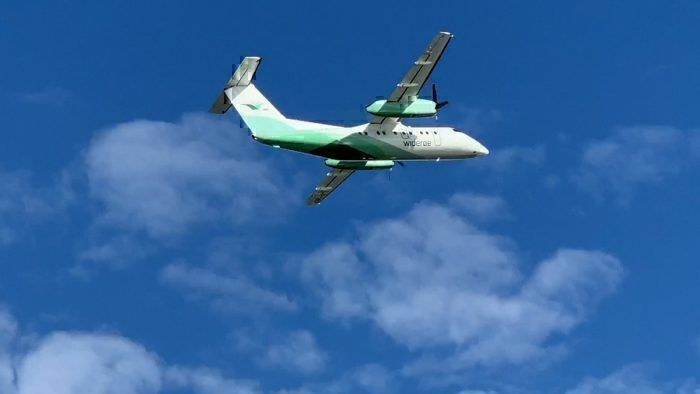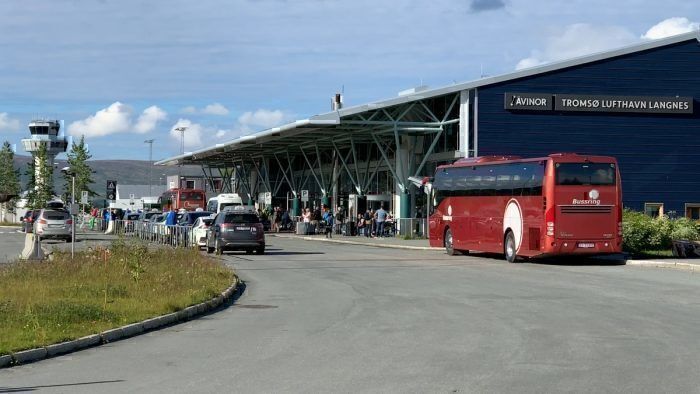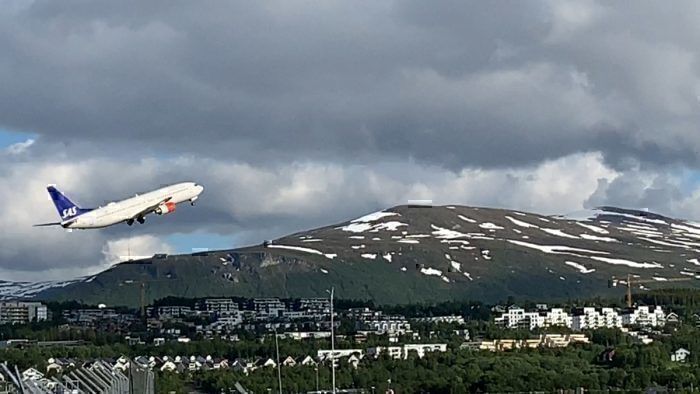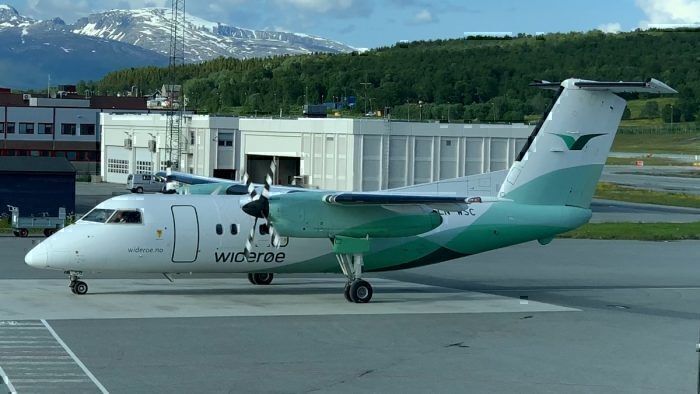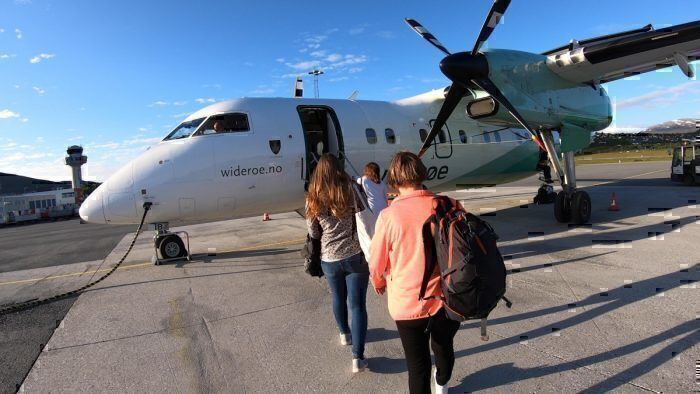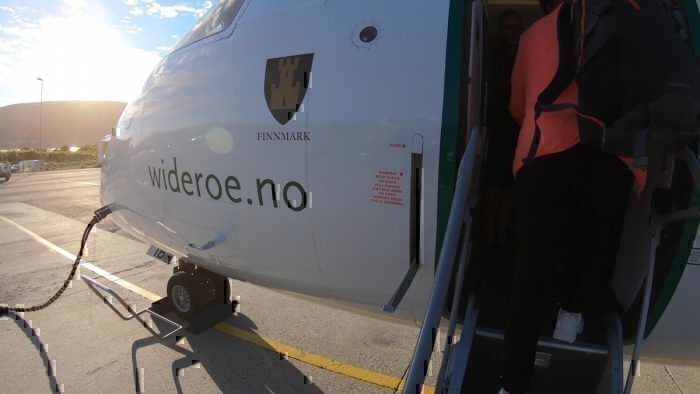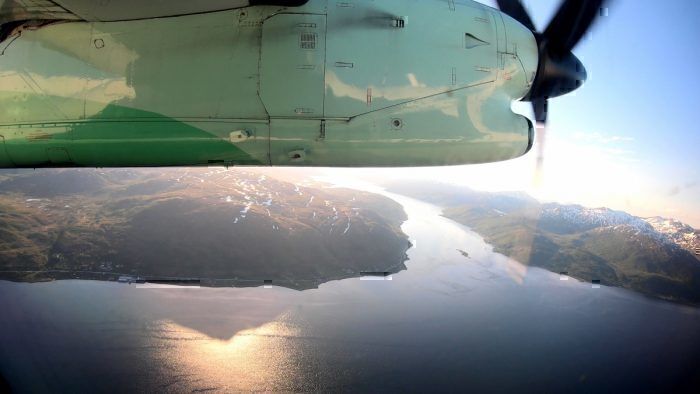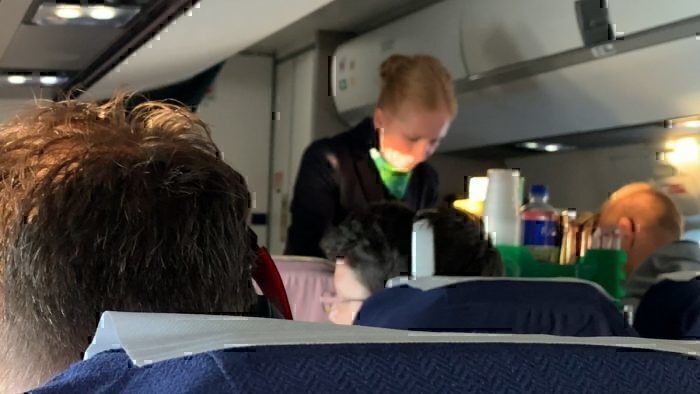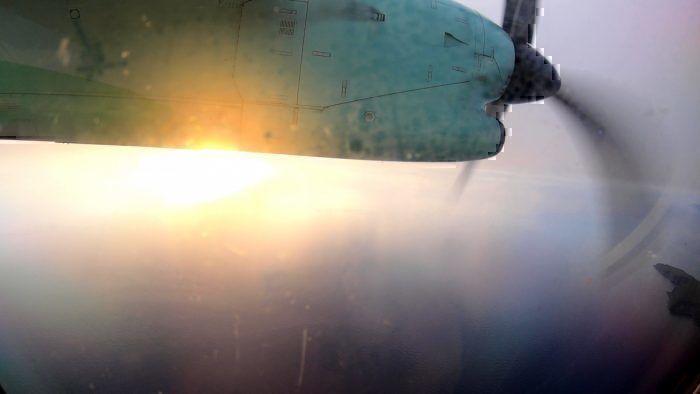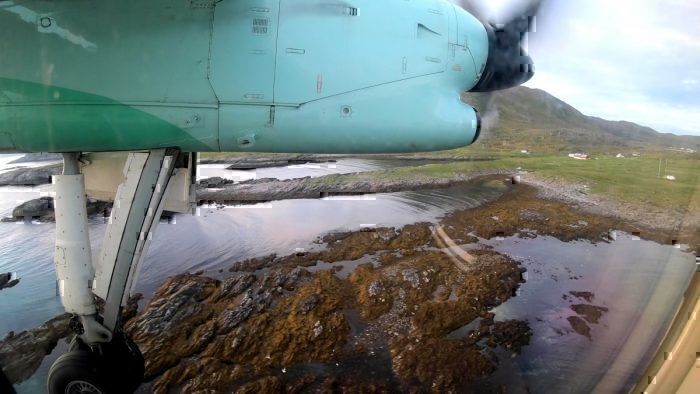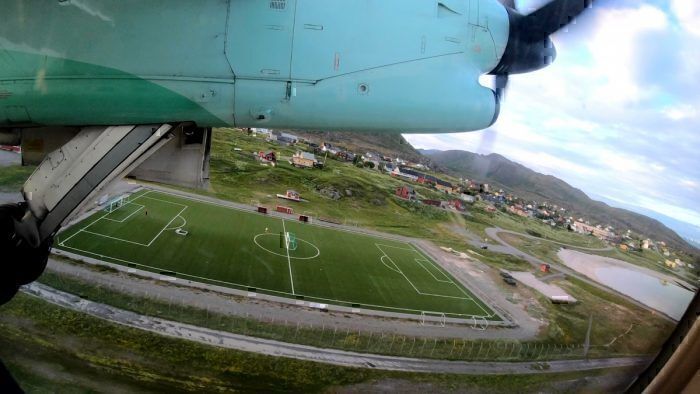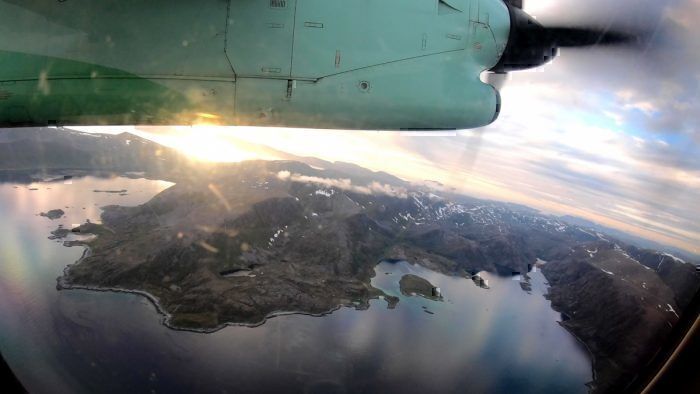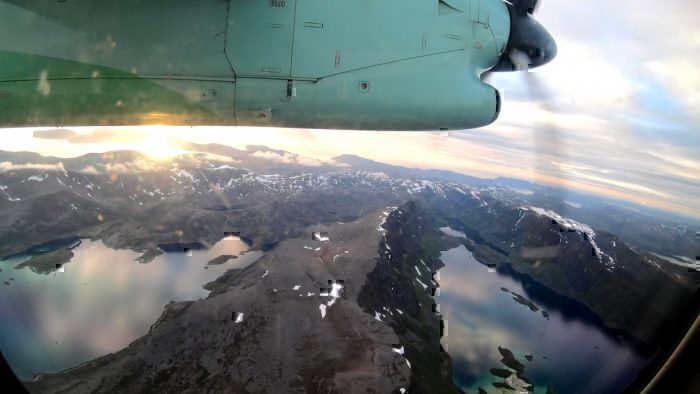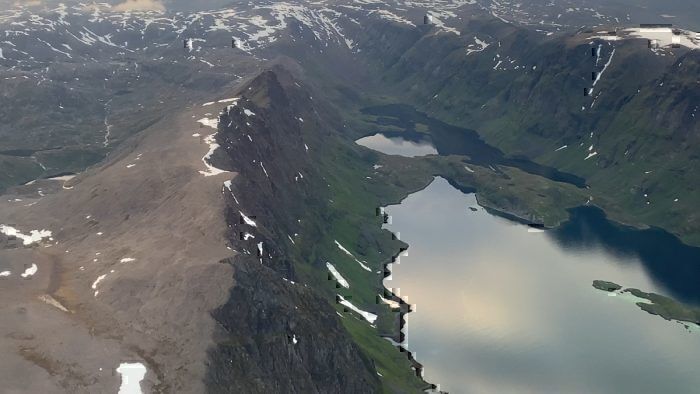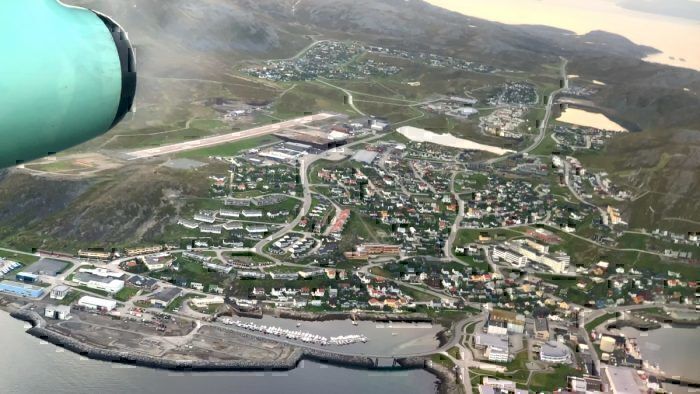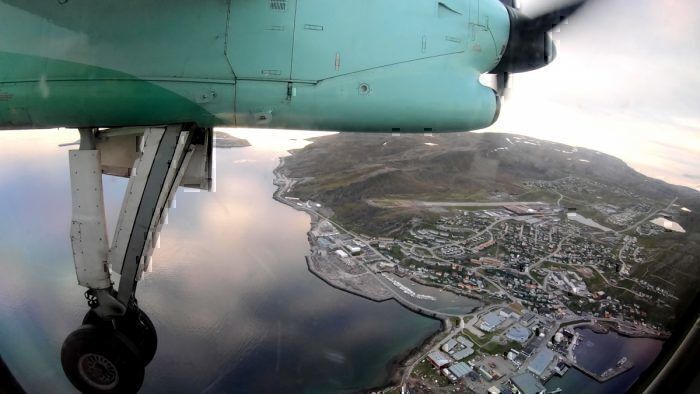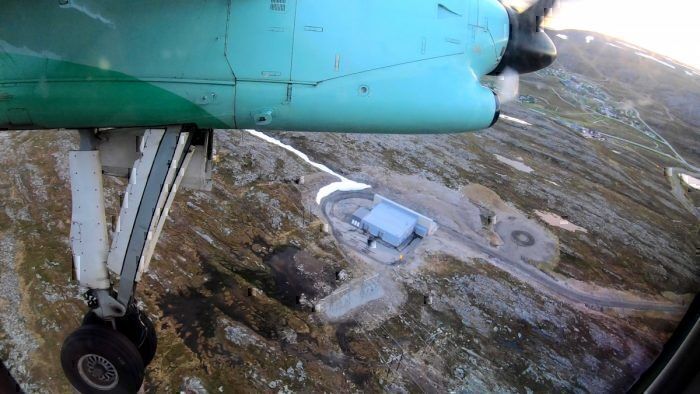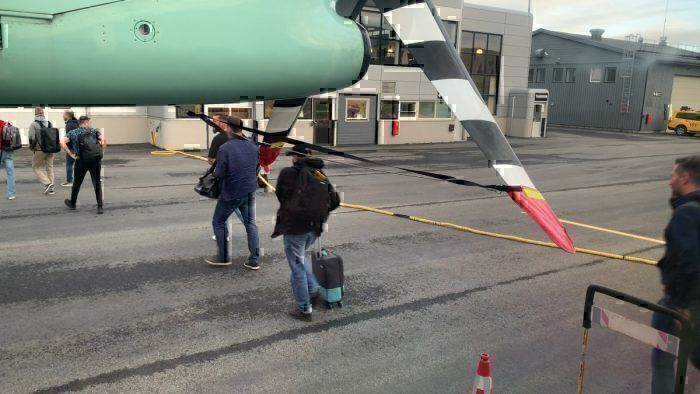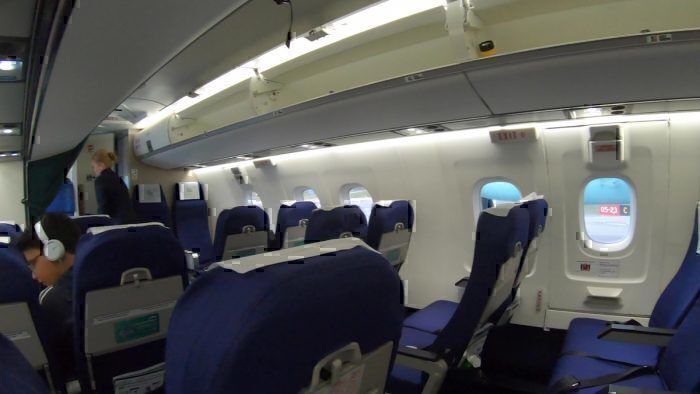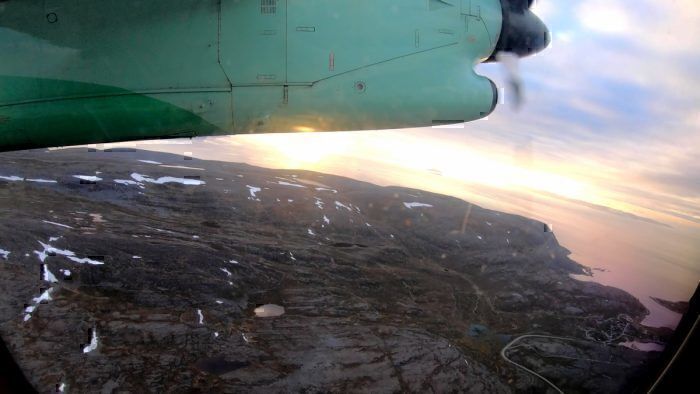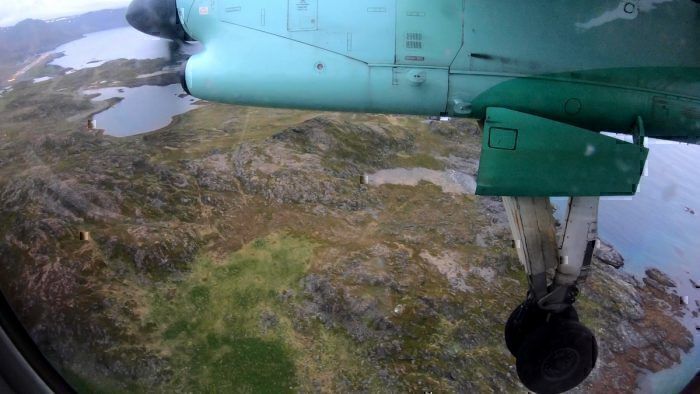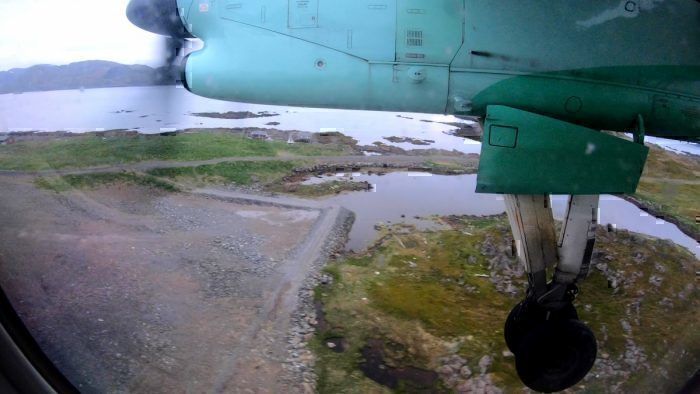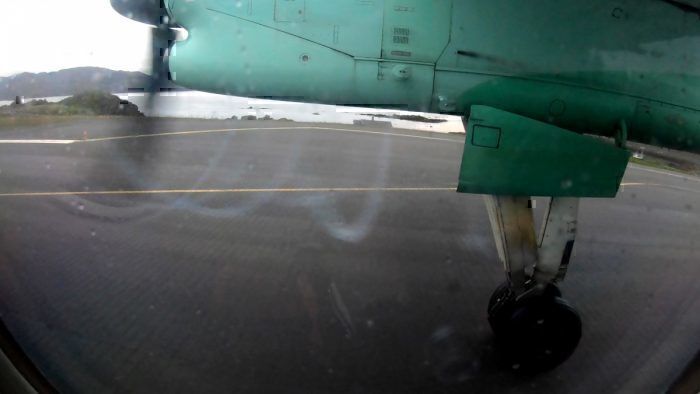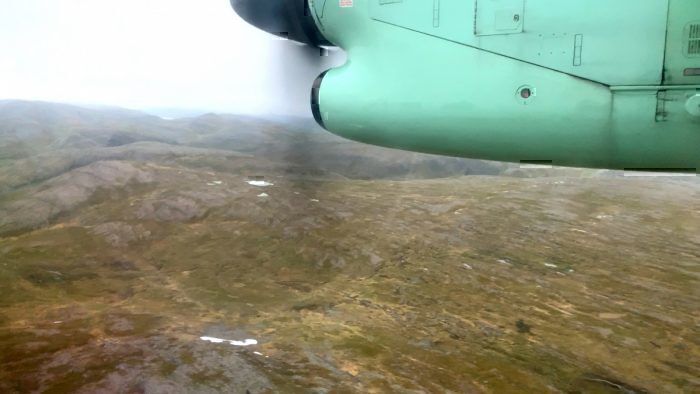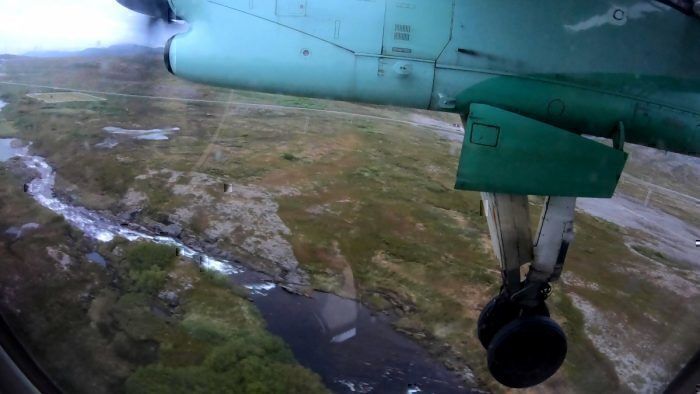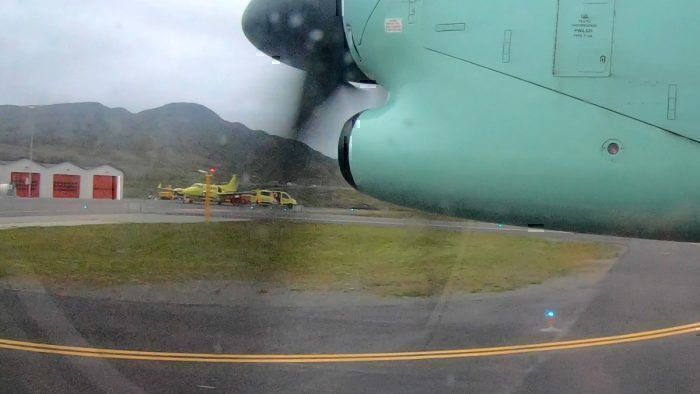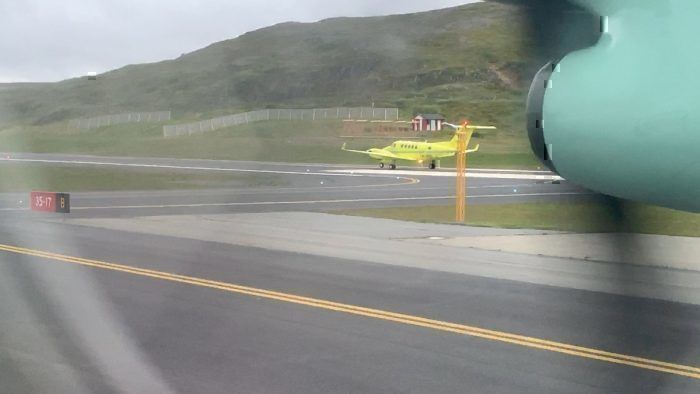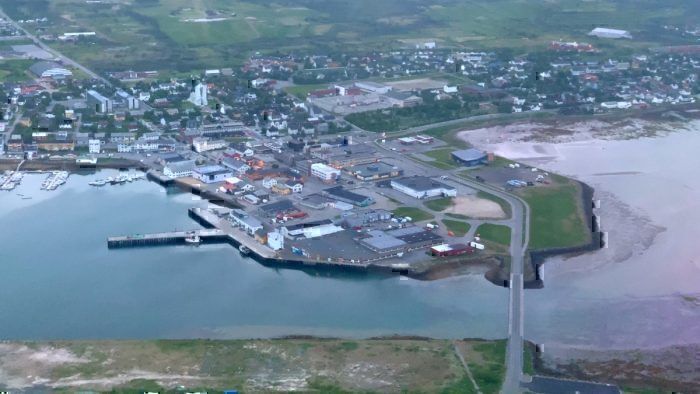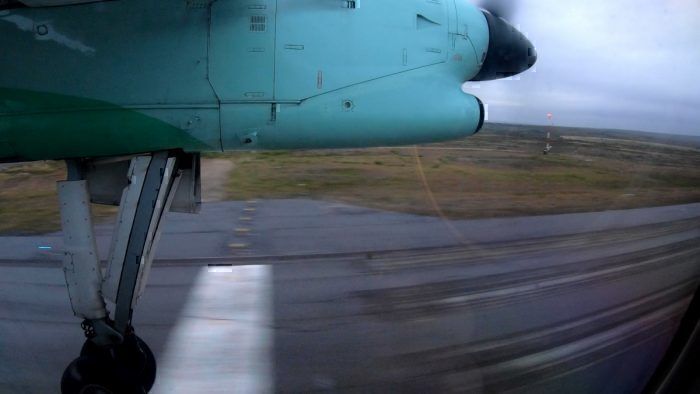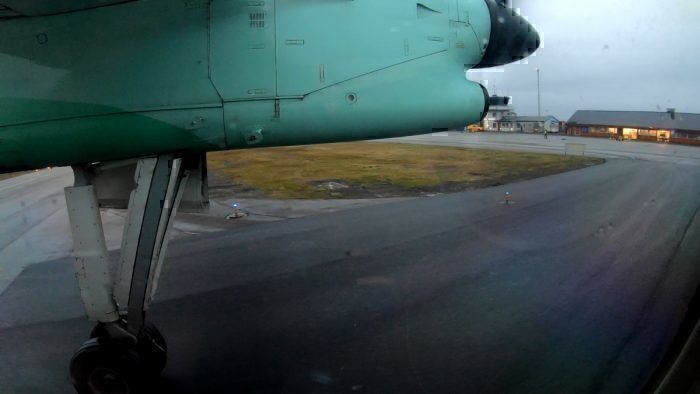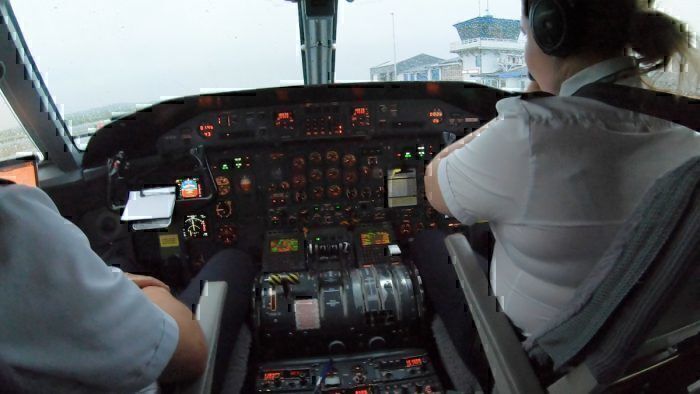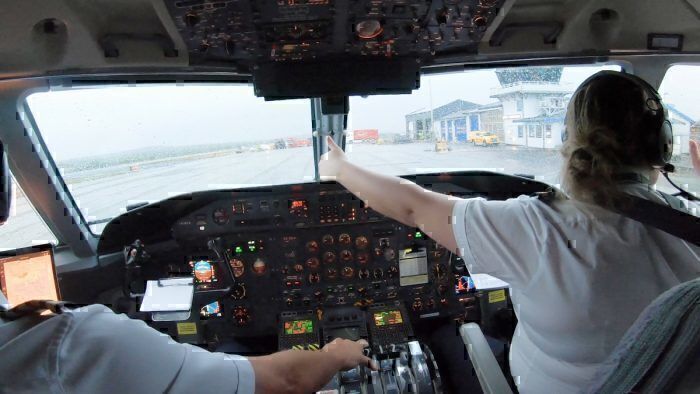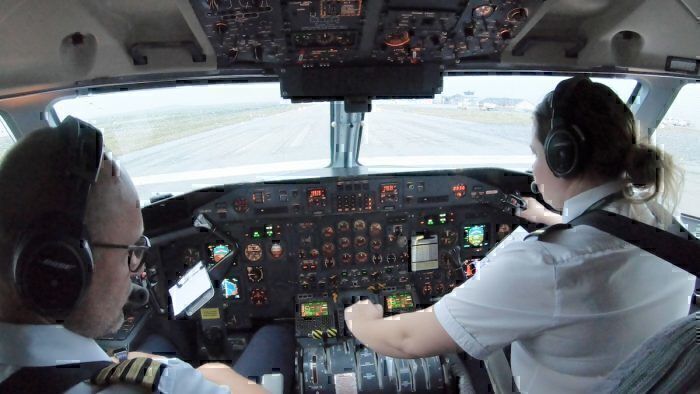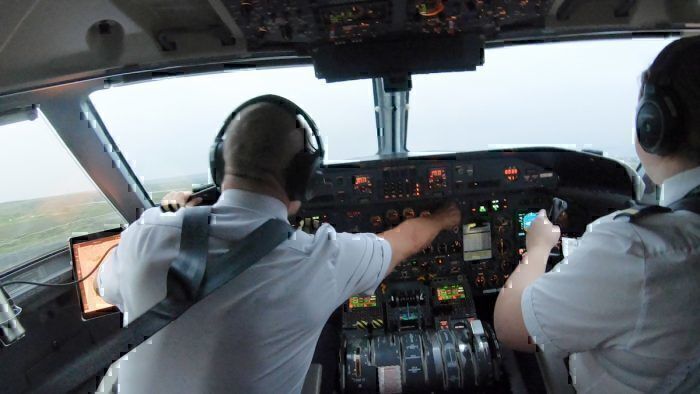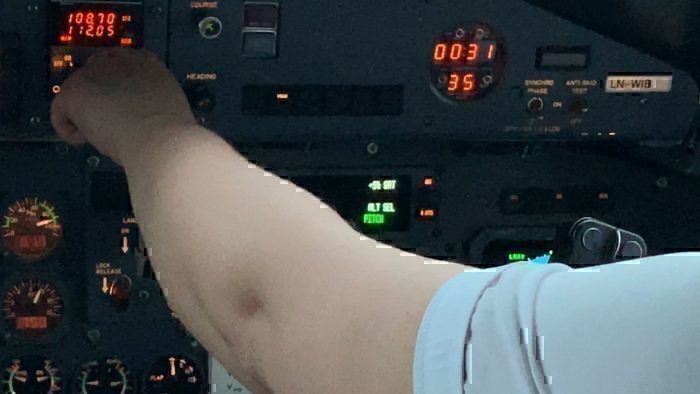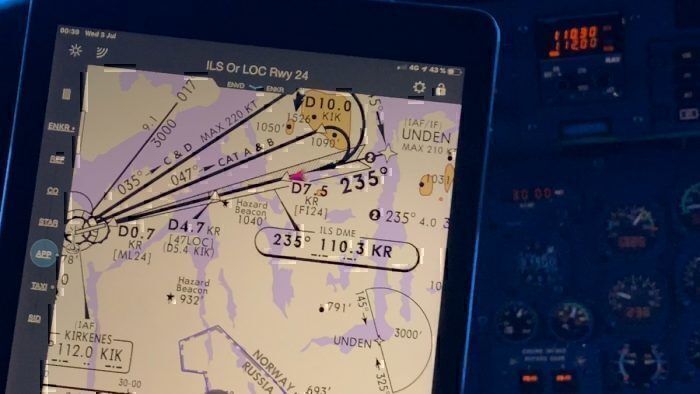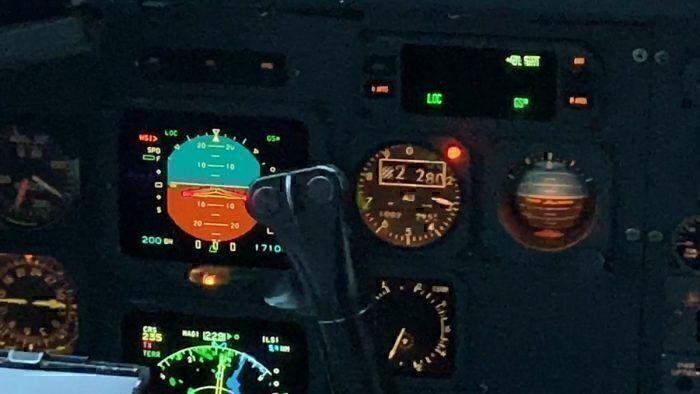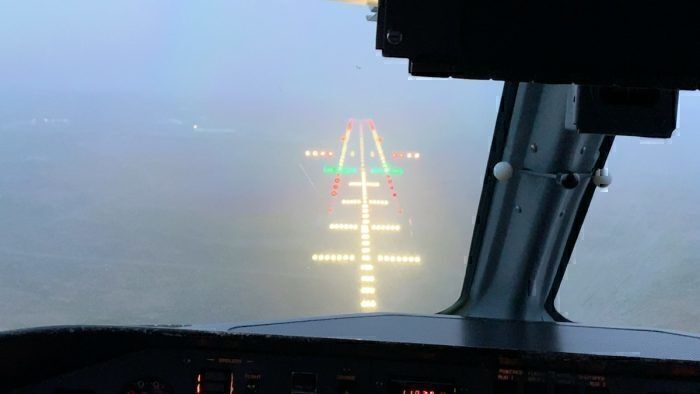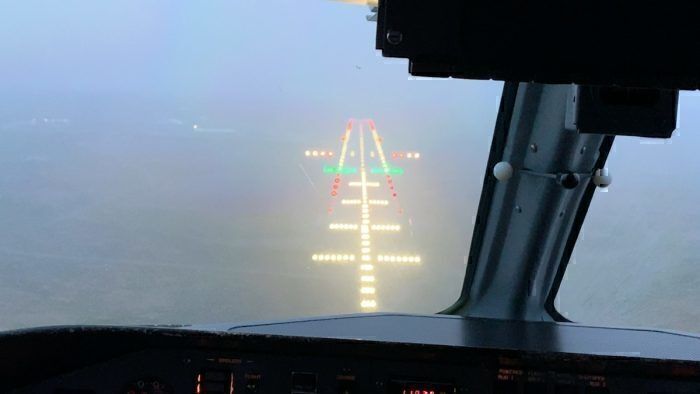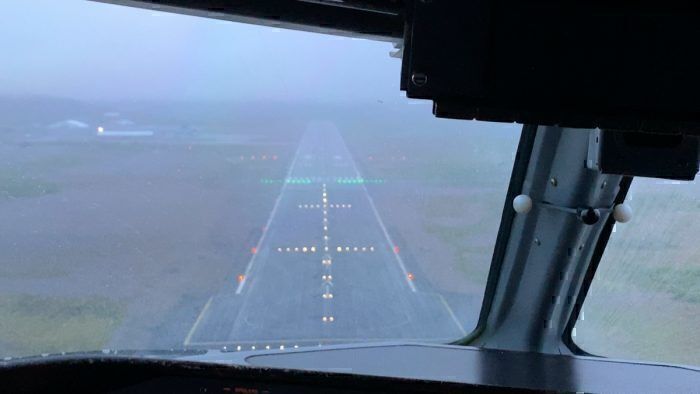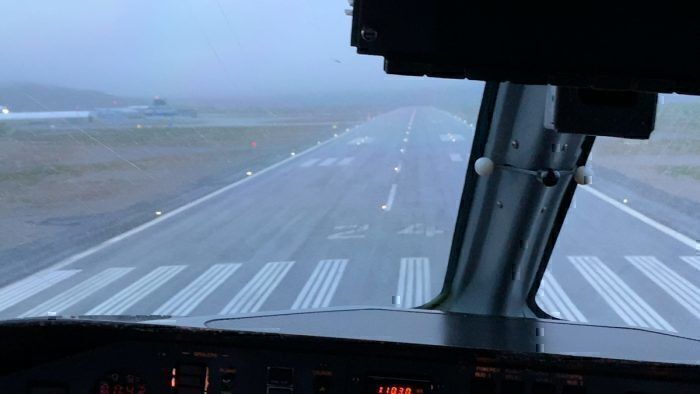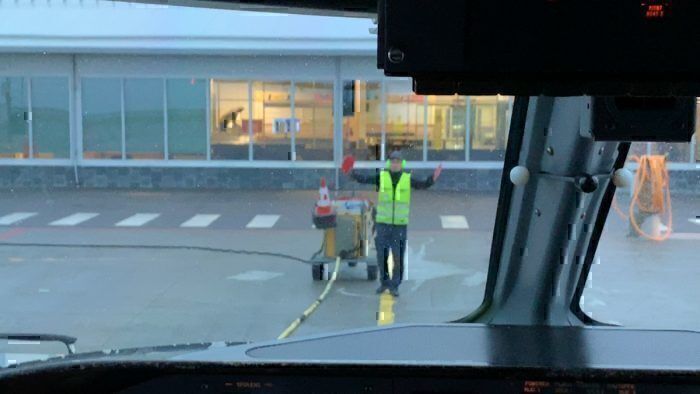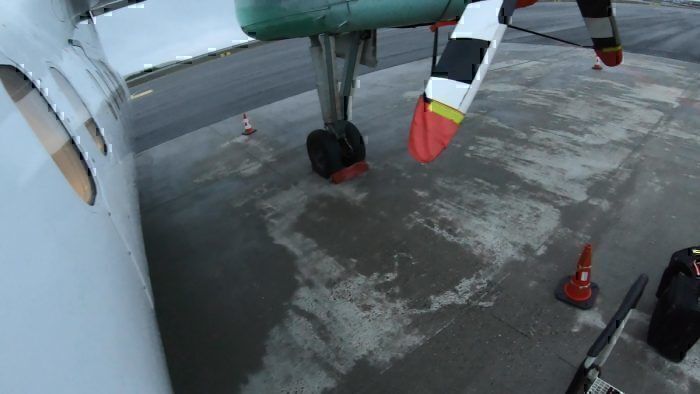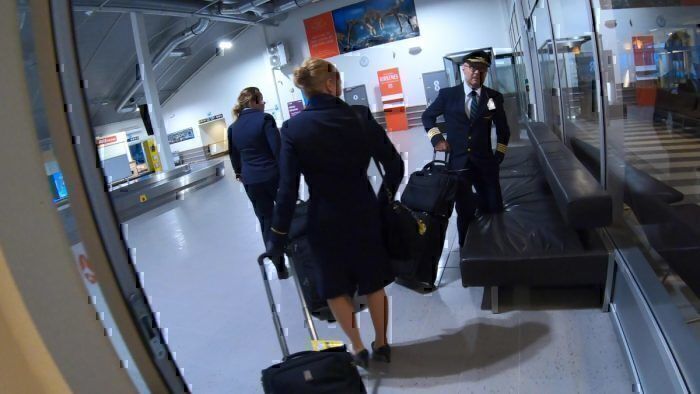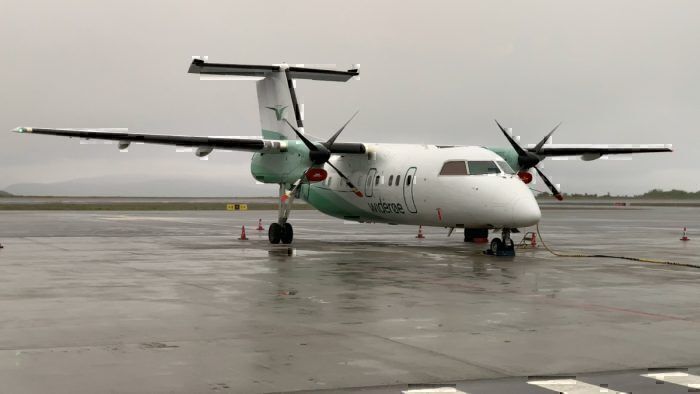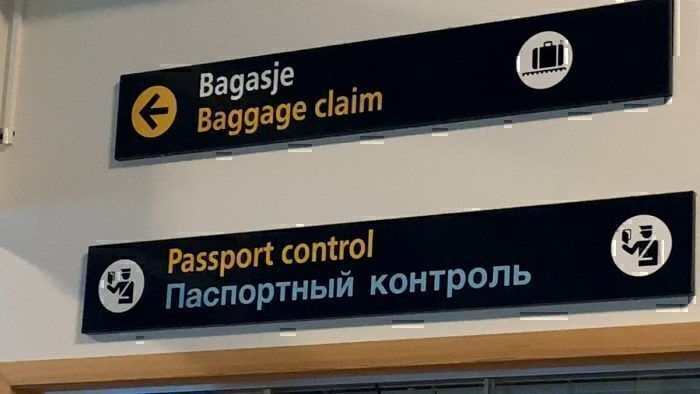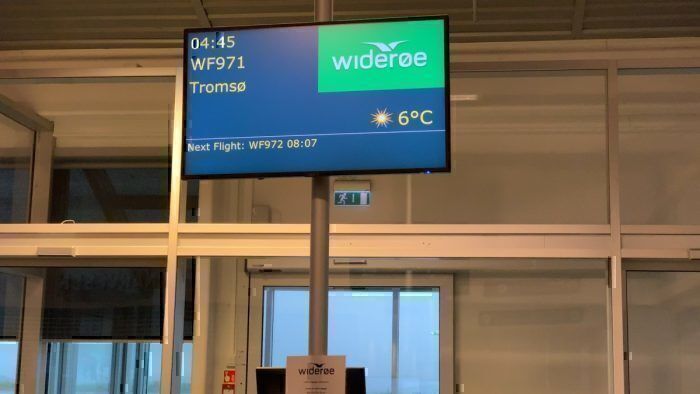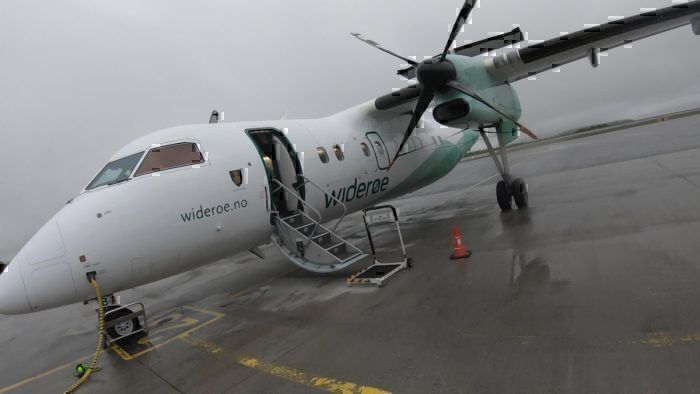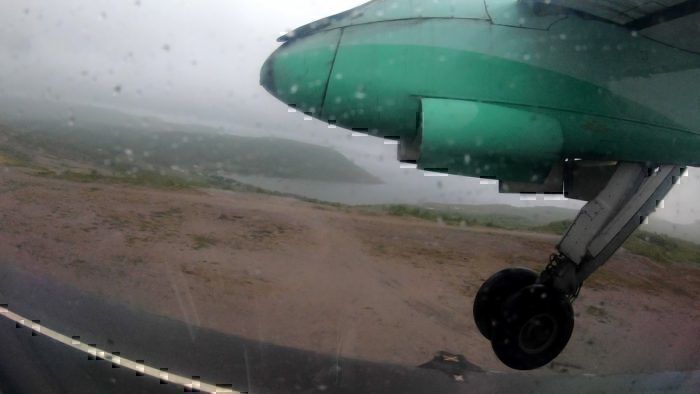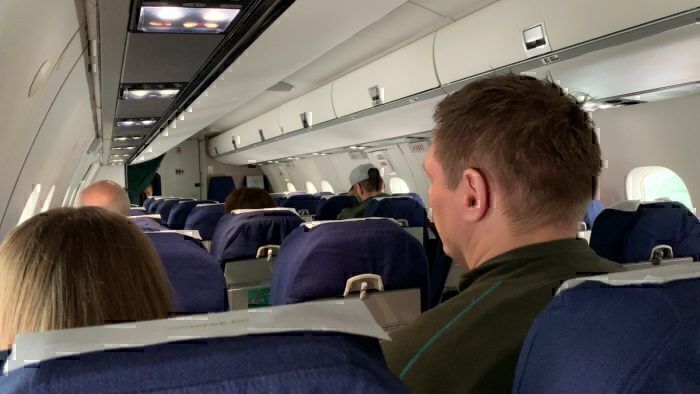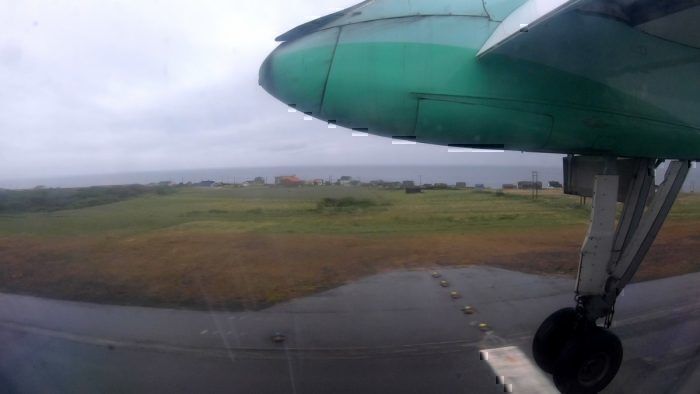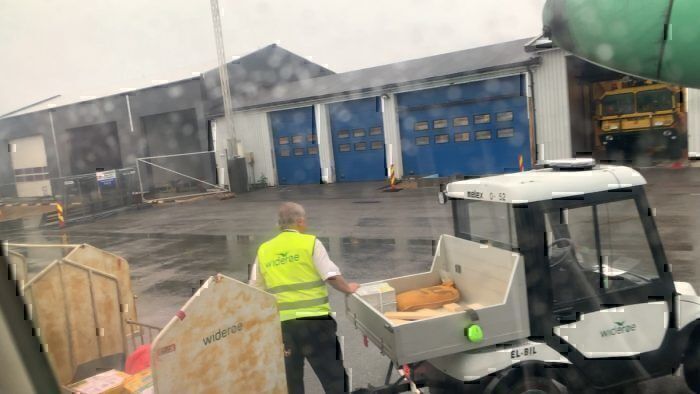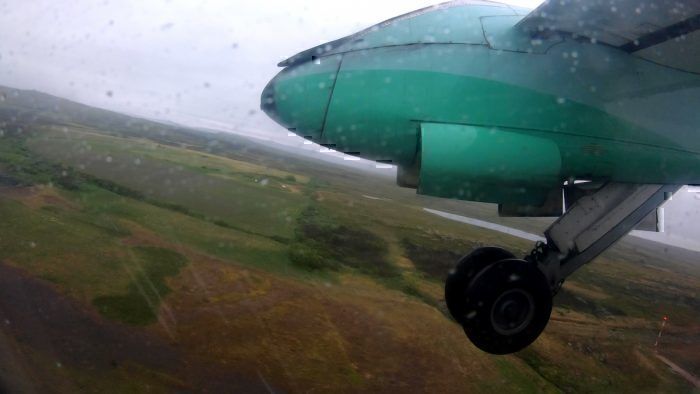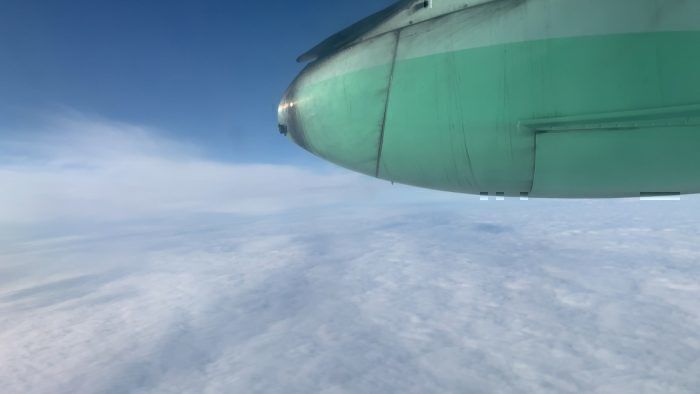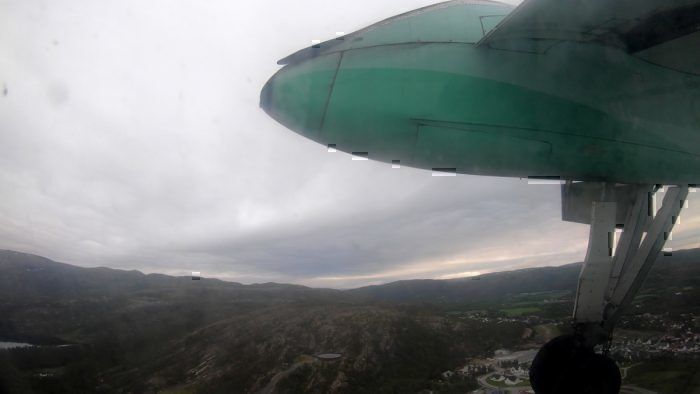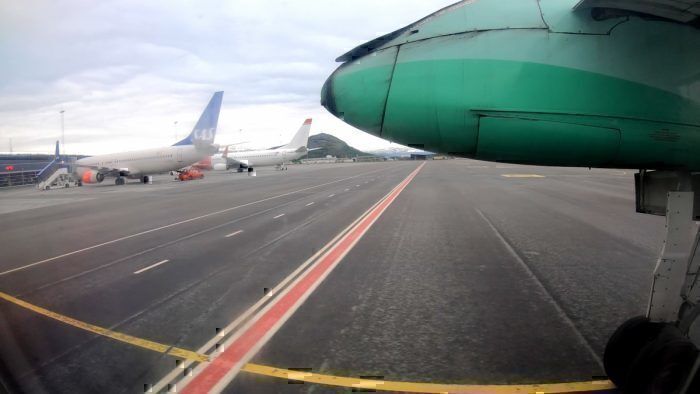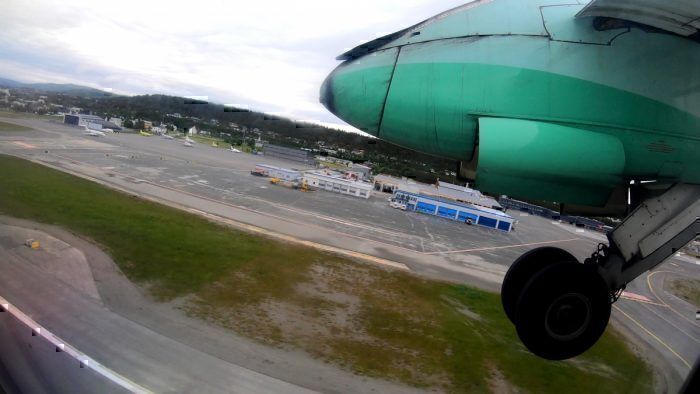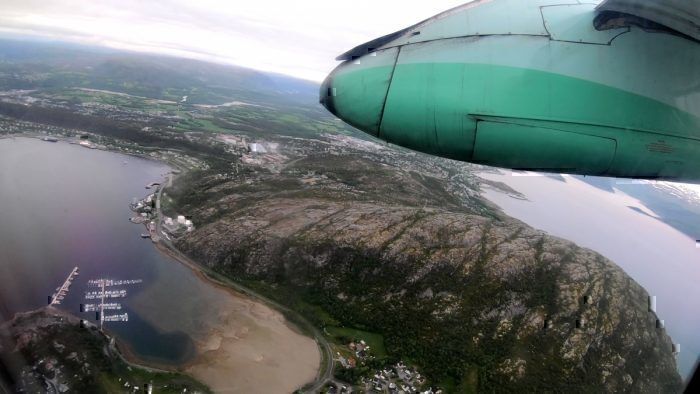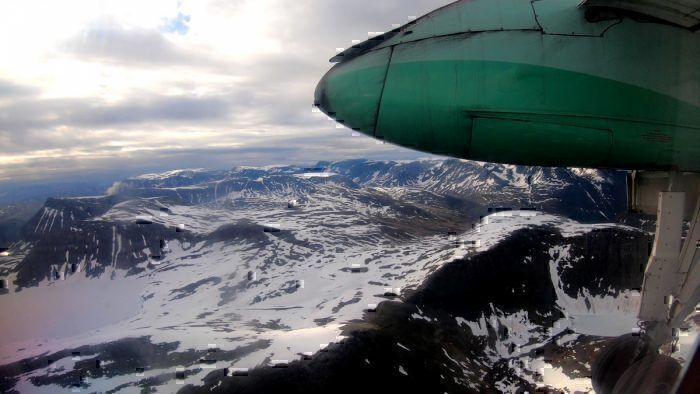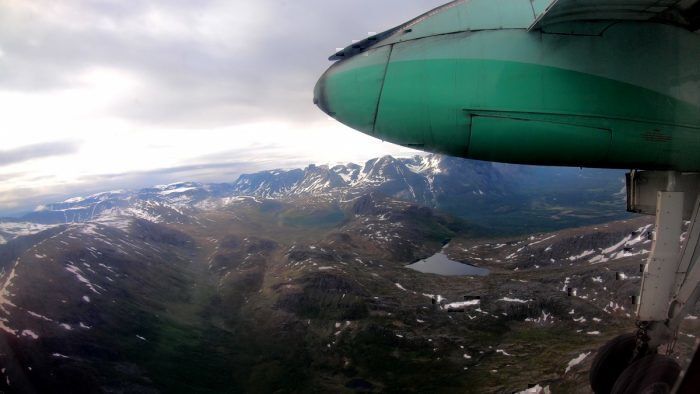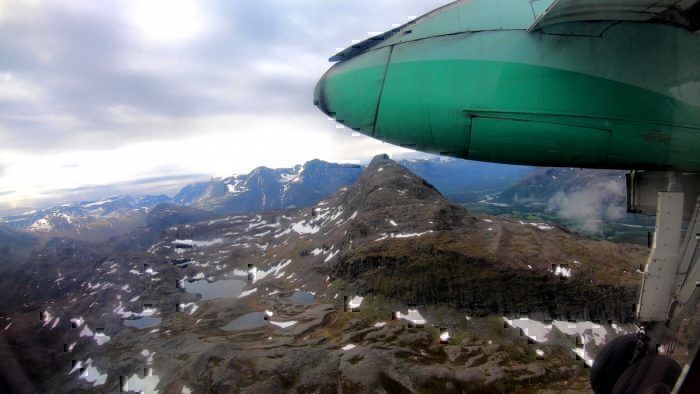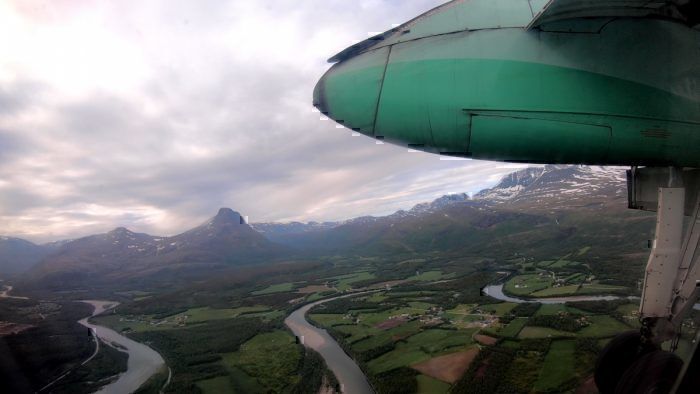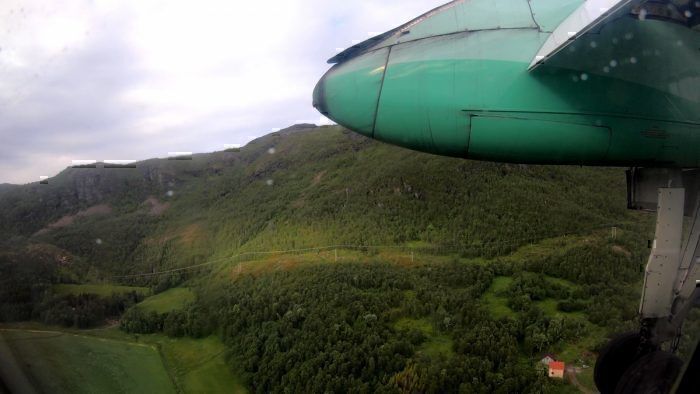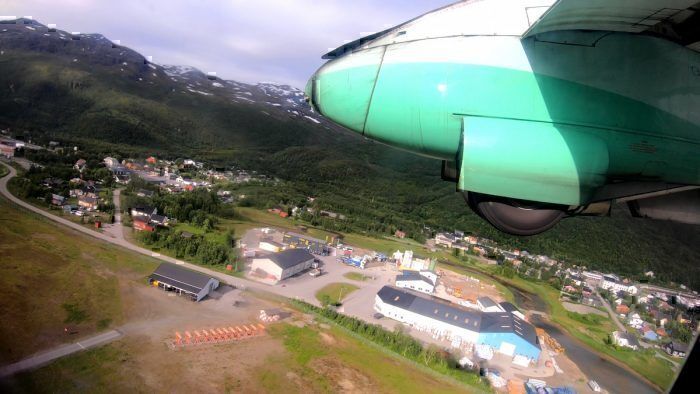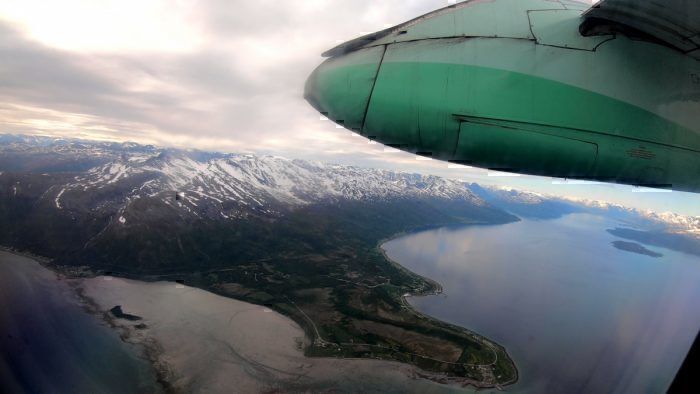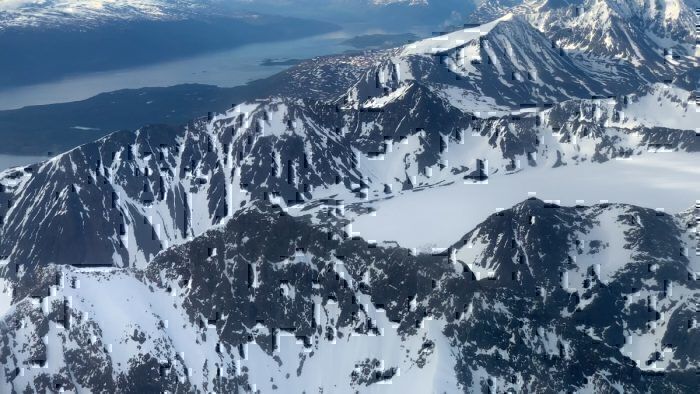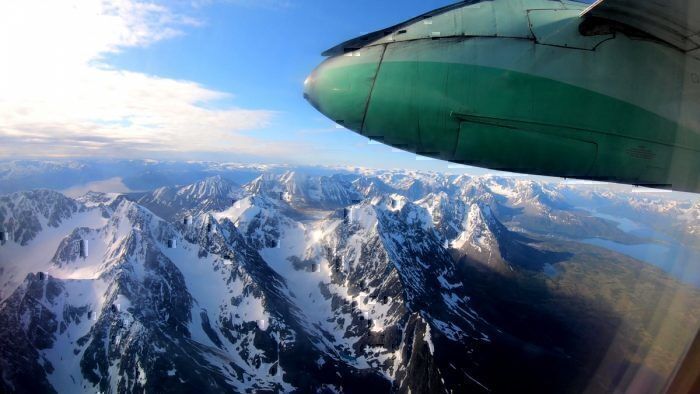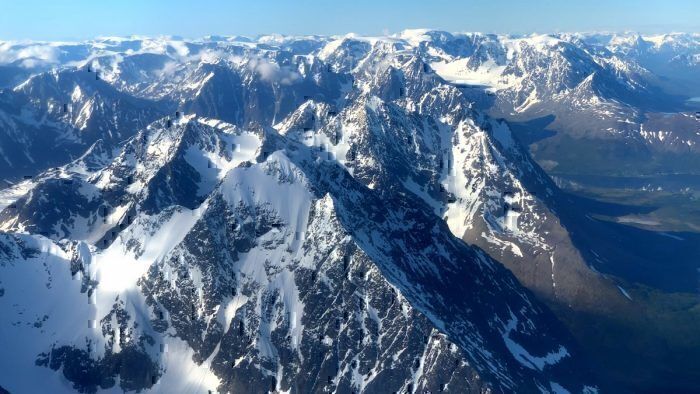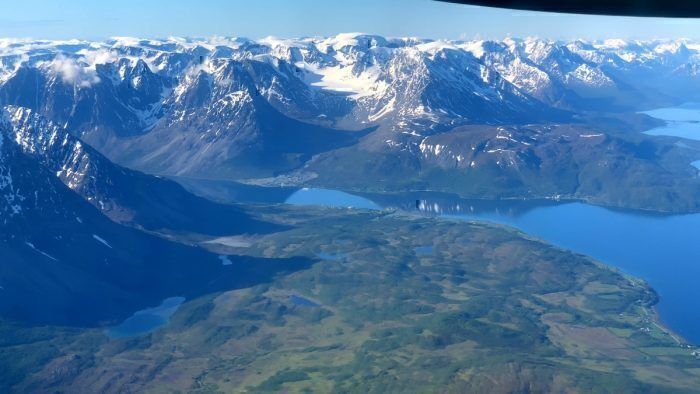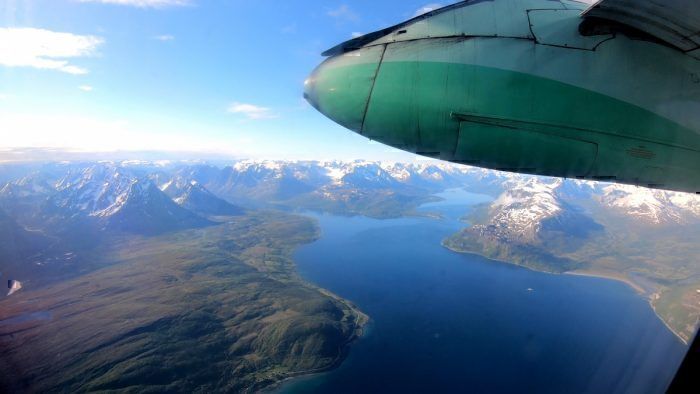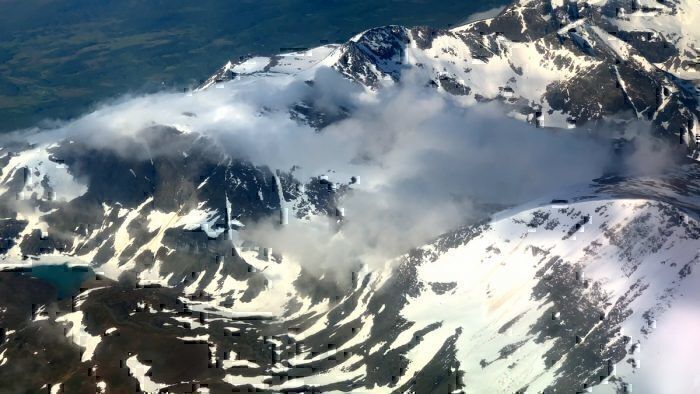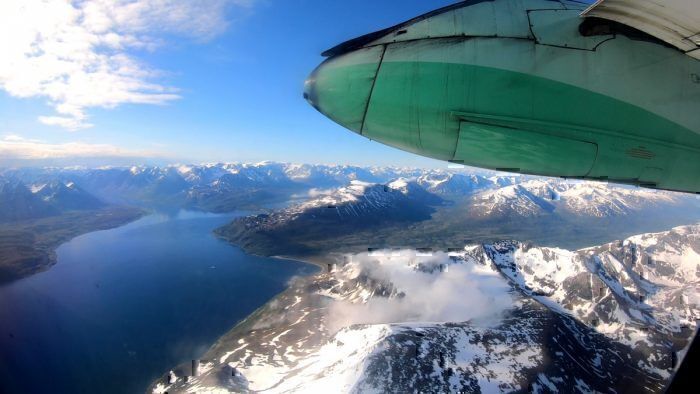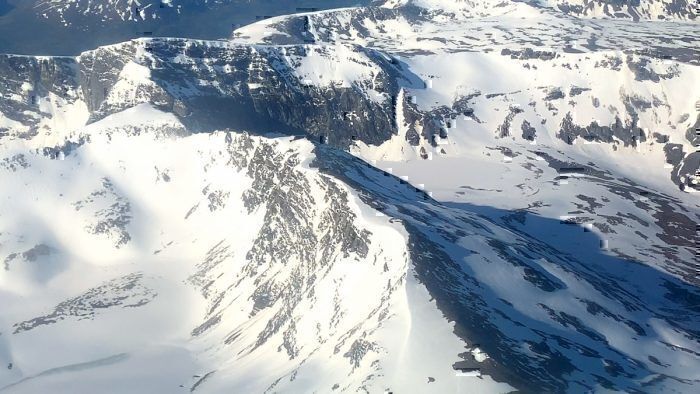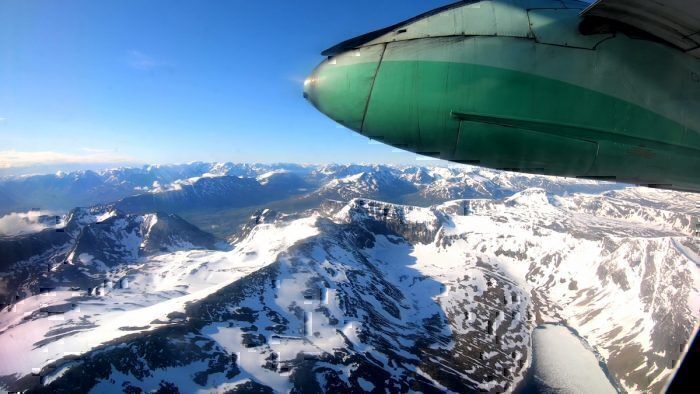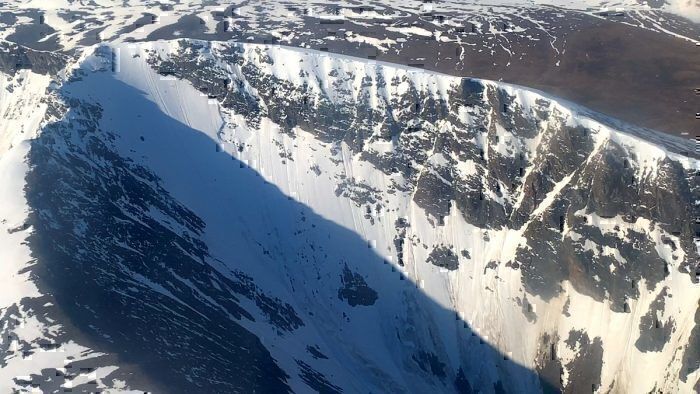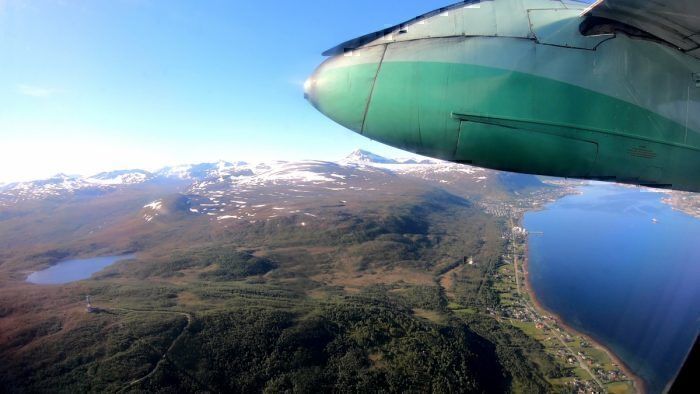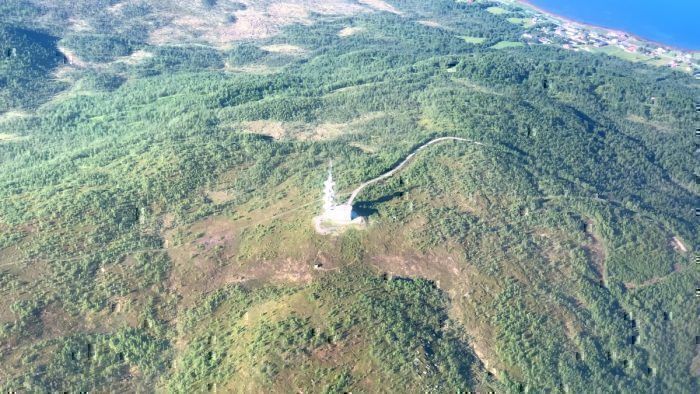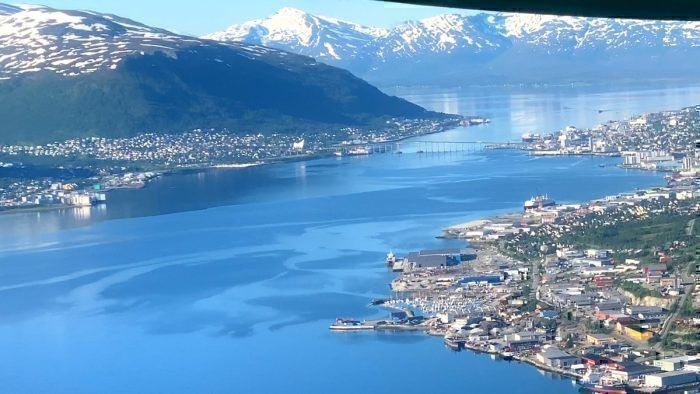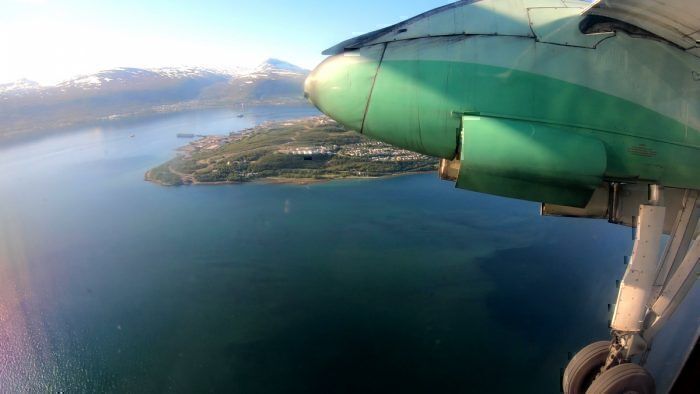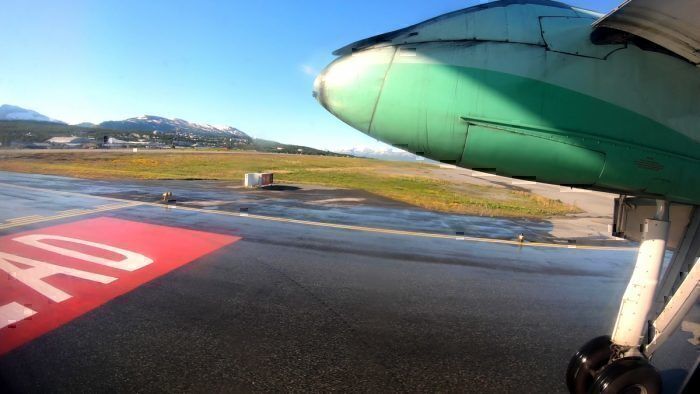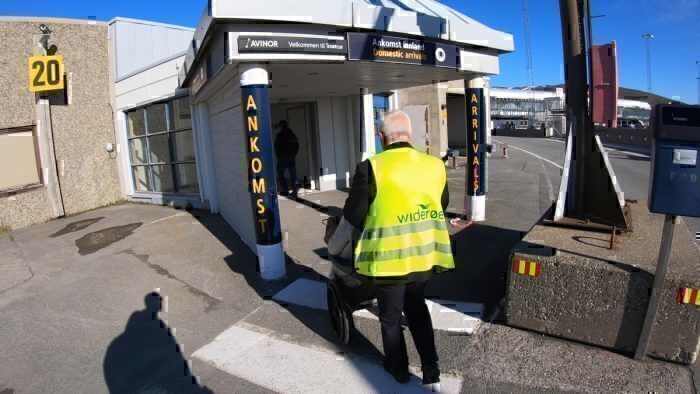Widerøe are a Norwegian regional airline operating flights all over Norway, with some international flights too. They are Norway's third largest airline, and operate to 43 of Norway's 45 airports. They operate a large number of their networks as PSO (Public Service Obligation) flights connecting remote communities across Norway, using a fleet made almost entirely of Dash 8s, from the 100 to the Q400. They also operate a handful of Embraer E190 E2 aircraft on some of their longer sectors.
For years I've dreamed of flying with Widerøe on some of their 'milk run' flights across Northern Norway. They operate many multi-sector flights across the remote communities in this region.
Usually these flights can cost over £200 each to get on, but Widerøe offer a unique 'Explore Norway' pass which allows for unlimited flights across their entire route network for a two week period. The price varies depending on which regions of Norway you wish to explore - but I took advantage of their entire Norway pass, which also includes international connections from across Europe. This cost me £450, which represents excellent value for money for the sheer number of flights it allows you to take.
I arrived into Bergen, Norway's second busiest airport and one of Widerøe's largest hubs, after a connecting flight inbound from Aberdeen on a Dash 8-Q400.
My first flight was to Widerøe's home town and main hub Bodø. Bodø is located north of the Arctic Circle and is an hours' flight north from Bergen. My ride for this flight was one of Widerøe's larger aircraft, the Dash 8 Q400.
We landed into Bodø, my first point north of the Arctic circle. Bodø is one of Wideroe's hubs and sees flights operating from there right across Norway.
Widerøe is the only airline in the world to simultaneously operate every variant of the Dash 8, from the 100 to the Q400. I'd hoped to get onboard every variant on this trip, however from here on in I was solely onboard the -100 variant.
Widerøe operates a fleet of 39 Dash 8s, with the -100 variant being by far the most commonplace with 20 of them in the fleet. They operate 3 -200 variants, 6 -300 and 10 -Q400 variants.
My flight from Bodø would take me to the northernmost city in the world, Tromsø, with a quick stop at Andenes. My ride to Andenes and Tromsø was a Dash 8-100.
There's free seating on all of Widerøe's domestic Dash 8-100 services, although the crew prefer you to sit towards the rear to keep the front seats free for passengers boarding later.
We were soon airborne from Bodø, heading for Andenes.
Andenes is a joint military base and civilian airport, and they get very funny about taking photos here. It's difficult to understand why, as there is nothing here that isn't visible on Google Earth in much higher detail anyway. Whilst the crew seemed generally fine with photos, some of the passengers seemed less comfortable and were quick to reprimand me for taking snaps!
After a quick pit stop, we got airborne from Norway's Area 51 and headed further west towards Tromsø, where the beautiful Arctic scenery soon came into view.
The approach into Tromsø is beautiful and involves a loop around the airport before touching down.
Tromsø is the most northerly city in the world and offers flights across Norway and Europe, as well as north to the island of Svalbard. Like Bodø, it's one of Widerøe's largest hubs and serves remote communities across the north of Norway.
My next flight was the first of the true 'milk run' flights, that would take me across Finnmark to the closest town to the Russian border, Kirkenes, with stops at Hasvik, Hammerfest, Honningsvåg, Mehamn and Vadsø. This flight would fly me through the midnight sun, departing Tromsø at 21:30 and arriving into Kirkenes just before 01:00.
My ride for this flight was another Dash 8-100.
We departed into the beautiful skies over Norway for our first stop, Hasvik.
Hasvik is a small village with a population of just 385 people. It's a 7-hour drive from Tromsø, including the ferry, but by air, it's just a 26-minute flight.
After a few minutes on the ground to drop off a couple of passengers, we were airborne again and heading for the largest town between Tromsø and Kirkenes, Hammerfest.
We began our approach into Hammerfest just after 22:00, which was one of the most spectacular approaches on this evening's trip. We flew low over the town, before commencing a sweeping loop onto short final approach.
Most of the passengers onboard disembarked here at Hammerfest, leaving just a handful who would be dispersed on the next few flights.
After around 20 minutes on the ground, we got airborne again heading for the village of Honningsvåg.
Honningsvåg is the closest airport to Nordkapp, which claims to be the northernmost point of Europe. It also claims to be the northernmost city in the world, thanks to a claim by the town to obtain city status in the 1990s. Both of these facts are, however, disputed.
Although Nordkapp claims to be the northernmost point of Europe, there's a neighboring peninsula that extends further north. Furthermore, Nordkapp is on an island, and the most northerly island is Svalbard, a few hundred miles further north. The most northerly point on the mainland is close to our next stop, Mehamn.
After 15 minutes on the ground in Honningsvåg, we were airborne again, heading for the village of Mehamn.
We had around 15 minutes on the ground in Mehamn. We had to wait while an air ambulance loaded a patient to be transferred to the nearest hospital in Hammerfest. Hammerfest is a six-hour drive from Mehamn, whereas the air ambulance can cover the distance in under 30 minutes.
Once the air ambulance had departed, we were airborne again at 23:44, this time heading to the town of Vadsø.
While we were enroute to Vadsø the time ticked over to midnight - we were officially under the midnight sun.
As the people of Vadsø lay fast asleep, we commenced our approach and landing into the small airport to the southeast of the town.
While we were on the ground, the captain came back to my seat and asked if I'd like to join them on the flight deck for the last sector of the flight! Of course, I didn't need asking twice, and I headed straight to the flight deck where I was shown to the jumpseat for the short flight to Vadsø.
We received our startup clearance and began our taxi out to the runway, where the first officer powered up the Pratt & Whitney turboprops for our short flight across the Barents Sea to Kirkenes.
Gear up, and we turned right to cross the Barents Sea.
The flight between Vadsø and Kirkenes is 24 miles long and takes just 12 minutes (the captain's record is 6 minutes 39 seconds), but the equivalent journey by road is over 100 miles and takes more than two hours.
From the approach chart, it's clear to see how close Kirkenes is to the Russian border. In fact, it's just nine miles, and the crew have to be careful not to cross into Russian airspace, or, as the captain said, 'Putin will send his men to shoot us down'.
We were soon on the ILS to runway 24 at Kirkenes, and the runway came into view at around 150ft above ground level.
We touched down in a slight crosswind on runway 24, after one of the most incredible flights of my life.
I disembarked the aircraft with the lovely crew, who showed me where I could sleep for the night.
Kirkenes Airport officially closes for the night at 1am and doesn't open until 4am, ahead of my next flight at 4:45am. However, it's a 20-minute drive to the nearest hotel in the town of Kirkenes, which would cost me over £150 for just a couple of hours sleep.
Instead, I decided to try my luck in the terminal. The crew told me they wouldn't kick me out on the street, and I should be able to just stay in the terminal when they lock it up.
Security came around the airport at just after 1am making sure everything was locked up, and the lights went out. I was alone in a locked terminal building. I didn't get much sleep but was able to rest on the comfy sofas, resisting the urge to go exploring Grand Theft Auto style.
At 4am the airport started to wake up again, as the morning shift turned up. They didn't seem surprised to find somebody already in the building. I headed through the tiny security point where my ride from the previous night was waiting to take me back to Tromsø.
As if you needed any reminder how close we were to the Russian border, the passport control signs in Kirkenes are in Russian as well as Norwegian and English.
It was soon time to board my second milk run flight - this time back to Tromsø by way of Vadsø, Alta and Sørkjosen.
The weather had remained grim overnight, and we departed into the murky skies.
After a few minutes, we touched down at Vadsø. We offloaded some mail and took on board a single passenger before we continued further west.
This flight was one of the longer sectors on this trip, at 40 minutes long.
I dozed for a bit on the flight and before long we commenced our approach into Alta.
Alta is a much larger airport than many in this part of the world. Unusually, it sees its peak season in winter, when thousands of people travel there to watch the northern lights (aurora borealis).
We were soon airborne again for a short hop to the next stop - Sørkjosen.
The scenery started to get amazing as we headed further west.
The approach into Sørkjosen involves flying low over the mountains before swooping in alongside the mountain.
As if the approach into Sørkjosen wasn't incredible enough, the departure was even more incredible.
As we climbed, so did the terrain below us - and we were soon flying within touching distance of the peaks in the Lyngen Alps.
The mountains gave away to reveal the stunning Ullsfjorden fjord.
It wasn't long before we started our descent into Tromsø, where it was a beautiful summer's morning.
My flights across Norway were simply incredible. The Explore Norway pass is a great way to see first hand how aviation is connecting remote communities across Norway. The crew are absolutely incredible and are only too pleased to share information about Widerøe's operation in this part of the world.

